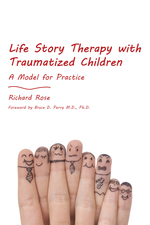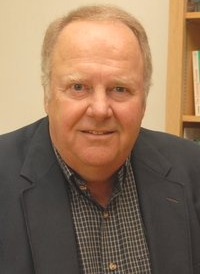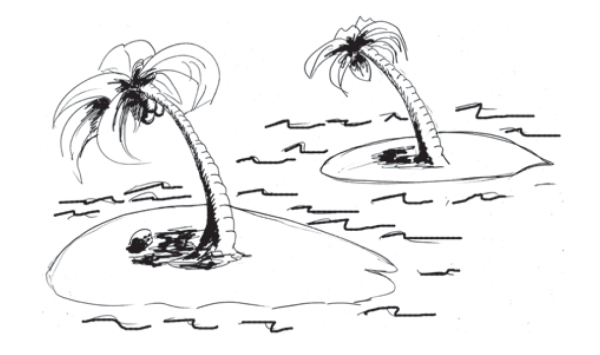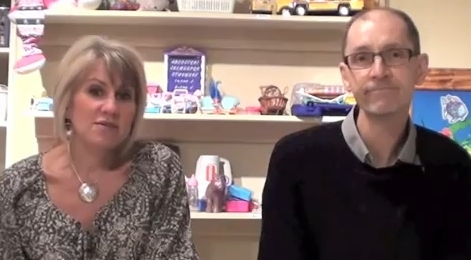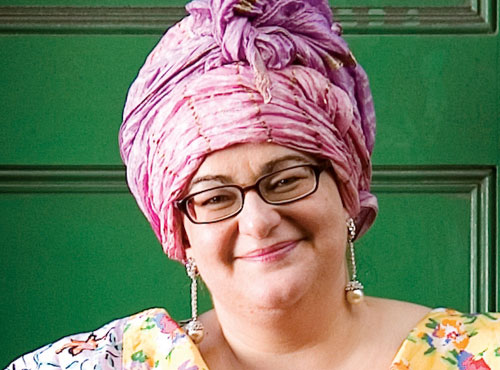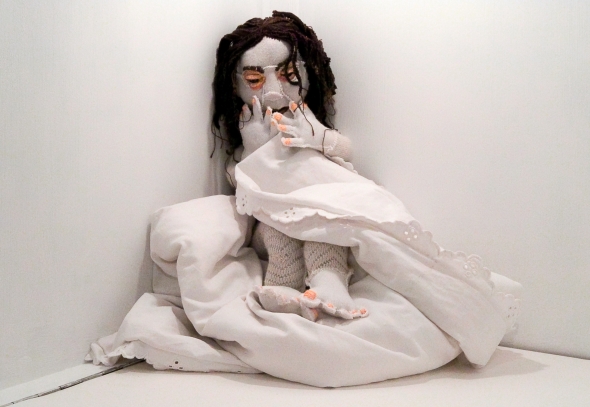‘Without a life story, a child is adrift, disconnected and vulnerable’ – Dr Bruce Perry on the value and power of the Life Story approach
By Dr Bruce Perry, adapted from the Foreword to the new book, Life Story Therapy with Traumatized Children, by Richard Rose. A fundamental and permeating strength…
